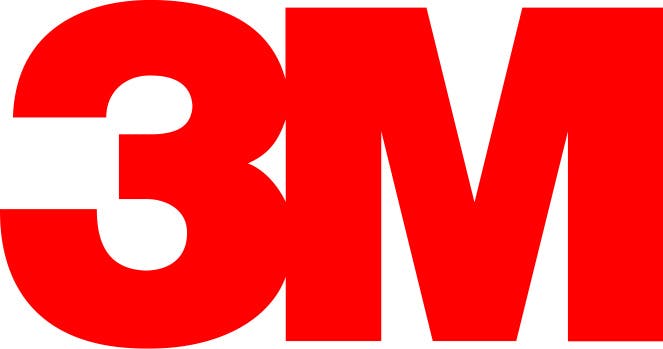Read these two statements and see if you can figure out which companies they refer to:
- “We believe our human resource practices are fair, comply with federal and state laws and are widely recognized as best in class.”
- “(Company X) has agreed to pay $3 million to settle an age-discrimination lawsuit filed by the U.S. Equal Employment Opportunity Commission (EEOC), the agency said Monday. It is the third age-discrimination lawsuit (Company X) has settled this year.”
Give up? Would you believe that these two statements are referring to the very same organization?
3M pays millions in age discrimination settlement
Yes, according to the Minneapolis Star-Tribune, Minnesota-based 3M paid millions of dollars to settle an age discrimination lawsuit this week. How that squares with the company’s claim they “are widely recognized as best in class” for HR practices is anyone’s guess.
Here’s the gist of the story:
Maplewood-based 3M Co. has agreed to pay $3 million to settle an age-discrimination lawsuit filed by the U.S. Equal Employment Opportunity Commission (EEOC), the agency said Monday. It is the third age-discrimination lawsuit 3M has settled this year.
The EEOC charged that 3M unlawfully laid off hundreds of employees over the age of 45 from July 1, 2003, through Dec. 31, 2006. 3M laid off many highly paid older employees, apparently to save money, and cut workers in salaried positions up to the level of director, the agency said.
Pending judicial approval, the settlement will be paid to approximately 290 former employees, and 3M will post openings for positions it had not advertised previously to enable older employees to apply. The company agreed to establish a review process for termination decisions and to conduct training on how to prevent age bias.
In March, 3M announced it had reached a preliminary settlement of $12 million on a suit filed in Minnesota in 2004. That case affected as many as 7,000 current and former employees. The company reached an undisclosed agreement this spring in a separate case filed in 2009 in San Jose, Calif.”
“Best in class” HR practices?
Now, 3M does claim that the settlement with the EEOC “is not an admission of any liability,” and that it was done largely to to avoid taking up more time and paying more in legal expense.
“3M denies the allegations in the suit,” said 3M spokesperson Donna Runyon said. “We believe our human resource practices are fair, comply with federal and state laws and are widely recognized as best in class.”
OK, I get the notion of settling the lawsuit to cut your losses. That’s a pragmatic decision, but does 3M really believe that anyone in the world will buy the bit about the company having “best in class” HR practices after they just paid out millions of dollars in a settlement over employee discrimination?
Somehow, I don’t think “best in class” human resource operations are being forced to do that these days.
And then there’s this, from the Star-Tribune report:
According to an EEOC investigation based out of the San Francisco office, older employees at 3M were denied leadership training and laid off to make way for younger leaders, according to the agency, which is responsible for enforcing federal laws prohibiting employment discrimination.
The agency’s investigation found an employee e-mail describing then-CEO Jim McNerney’s “vision for leadership development” as “we should be developing 30-year-olds with general manager potential.” …
“The law requires employers to base employment decisions upon each person’s strengths and talents instead of relying upon generalized assumptions calculated around an employee’s age,” said the EEOC’s Michael Baldonado.”
Is this what smart HR organizations do?
Yes, organizations with “best in class” HR practices don’t make it a habit of dealing with their older workers this way. It’s always great to develop younger talent and move them into the management pipeline, but smart HR organizations know you don’t do that at the expense of your older (and more experienced) workers. It should never be a choice of one or the other.
I hate to be so hard on 3M, but then again, they were the ones who decided to talk about how they have “best in class” human resource practices wedged into an announcement about a $3 million age discrimination settlement with the EEOC.
When did age discrimination become part of “best in class” HR? Maybe some sharp HR pro out there can weigh in on how you make THAT work.
